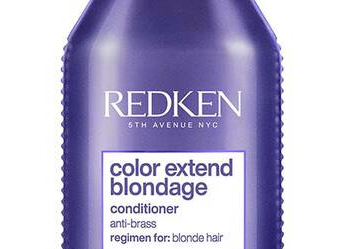
Are Dress Codes Anti-Fashion?

Dress codes are more prevalent than anyone realizes and have been around for centuries. There are many different purposes for dress codes. Some are cultural, such as those prevalent in the Islamic religion, which continues to cause controversy. Are they appropriate for maintaining public decency, or are they oppressive? Social perceptions often influence them. Are they anti-fashion? Fashion is all about freedom of expression and reflecting creativity and personality in clothing, hairstyles, and accessories. A dress code restricts what people can wear or can’t wear. Read on as we dive into the dress code debate.
Fashion and Dress Codes
The biggest difference between fashion and dress codes is that fashion is a personal choice, and a dress code states what you can or can’t wear. However, they can be very strict or quite lenient. In some instances, it could have a good purpose, but throughout history, it has often reinforced gender norms, stereotypes, etc. Since Medieval times, moralists have been against certain fashions. They were against ‘horns’ of false hair enclosed in a net on either side of women’s faces. The idea was that the women were trying to adopt male roles.
From the mid-fourteenth century onwards, many styles that drew attention to the female form got strong reactions from conservative community members. They were against short skirts and low necklines. Today, gender norms still influence dress codes, while fashion is more fluid.
Schools and Dress Codes
Dress codes were often seen throughout history as a way to distinguish between classes and occupations. Most students encounter it in one form or another.
It can reinforce sexist stereotypes. Public schools can have rules for this, but they can’t discriminate against certain students. They can’t stop students from expressing themselves. Schools can specify acceptable types of attire. However, requirements may not be different based on gender, race, religion, or other protected rights.
The use of dress codes in schools is a commonly debated topic, with everyone from professional journalists digging in deep to college students writing school dress code argumentative essays.
Do School Codes Discriminate Against Girls?
There is still the perception in many schools that female students shouldn’t show off their bodies because it distracts male students. Dress codes may target girls, especially black girls. Girls of color who are more likely to wear hair extensions or braids are often disciplined.
Public schools can’t require only girls to wear skirts or dresses and boys but not girls to have short hair. They may not require only girls to wear gowns to prom and only boys to wear suits.
Clothing, accessories, and hairstyles are related to how students express their identities. Schools can’t expect them to conform to discriminatory stereotypes and gender norms. It can violate students’ civil rights to enforce dress codes that discriminate against a certain group of students.
Public schools can’t discriminate based on students’ viewpoints expressed by their clothing. They don’t have unlimited authority when it comes to imposing dress codes. Students have rights and can speak out against violations.
The Pros and Cons
Some of the advantages are:
- Promote a sense of inclusiveness and professionalism.
- Make students less distracted, so they can focus on their studies.
- Help to maintain discipline and increase the safety of students.
While some of the disadvantages include:
- It can reinforce racist standards and discriminate against marginalized groups.
- Religious intolerance is exercised through the imposition of dress codes.
- It can hinder creative expression in students.
- Suspensions related to it can take attention away from education.
- The rules may not be uniformly enforced and can be unfair to minority groups.
It can be very difficult to ensure uniform enforcement of a dress code. It is too easy for dress codes to be used for purposes of control rather than for the benefit of students. Fashion gives students the opportunity to express themselves, but unfair enforcement of dress codes can do the opposite. They can restrict students from expressing their identities.
Wrapping Up
There are both pros and cons to the dress codes debate. Many people are divided on the benefits it provides. It may be beneficial for helping to reinforce uniformity and improve discipline and safety in schools. On the other hand, they can impact students negatively when rules are not enforced uniformly and discriminate against certain genders or racial groups. Dress codes are against fashion when they are applied in such a way. A balanced approach is necessary to implement anything. This is why institutions should be careful in today’s environment when freedom is the key thing on a student’s mind.
Feature Photo by Dominik Kielbasa | Unsplash
More to Love!
Dress the Part: Using Fashion to Amplify Your Message




